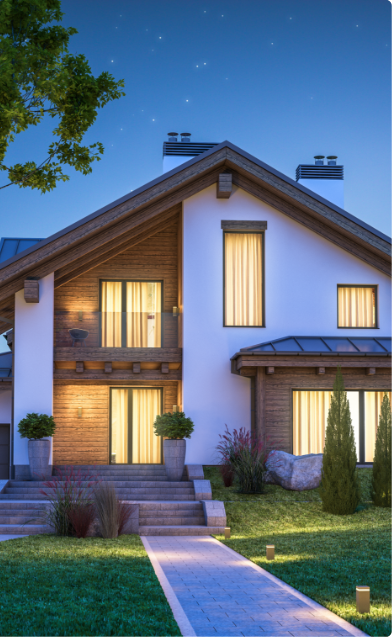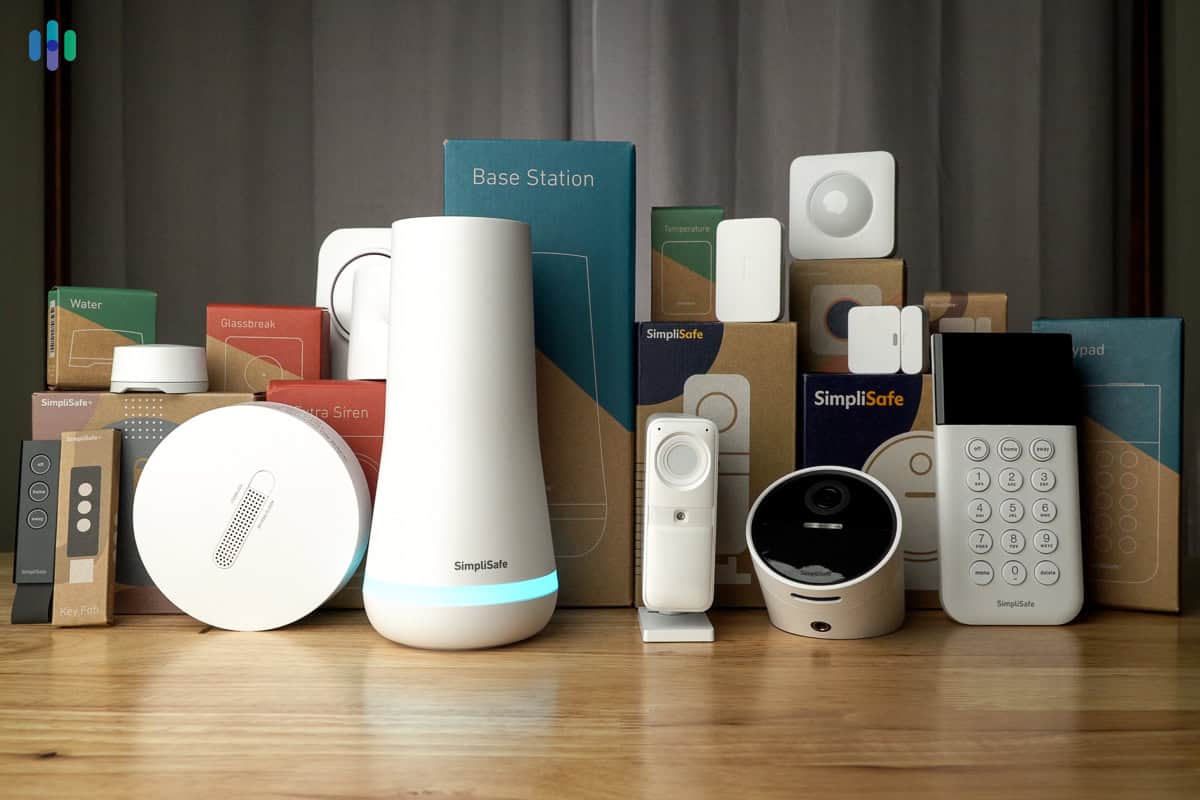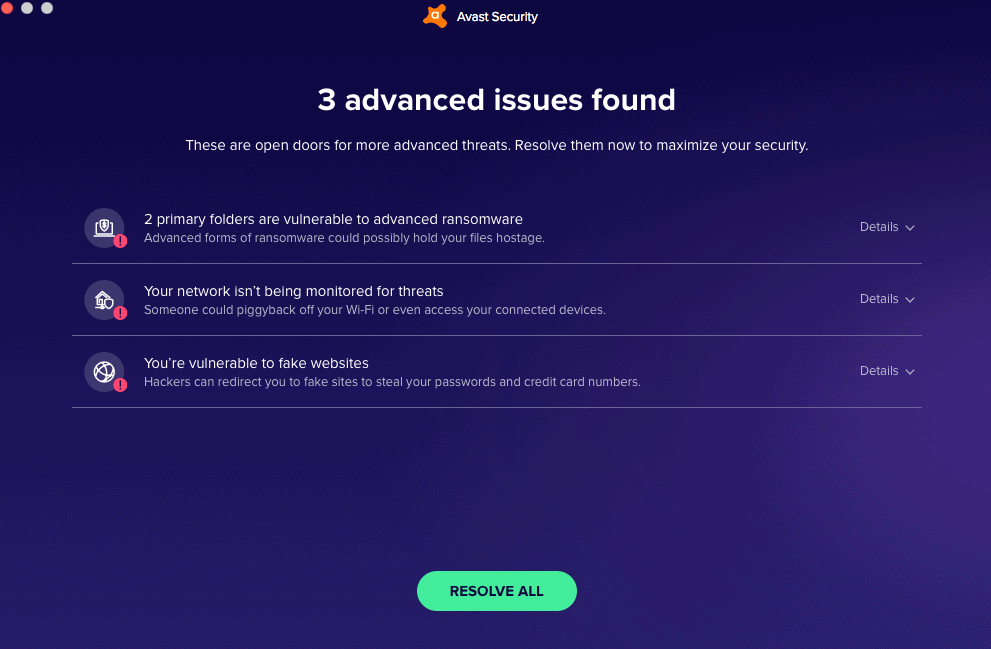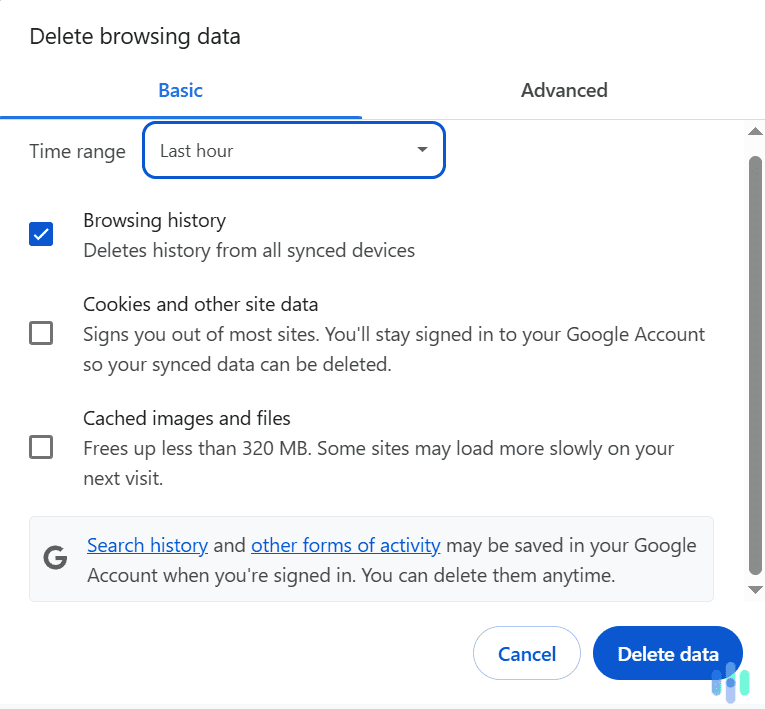As part of our review process, we make sure to test out security systems first-hand whenever possible. Just this year alone, we’ve finished testing 23 security systems with a couple dozens more on the roadmap. And of course, when testing security systems, we start with the system installation. We don’t discriminate; we test both DIY and professionally-installed security systems.
Let us start by saying that both installation methods are acceptable ways to get a security system set up. It all depends on what you – the homeowner – prefers. So in this guide, we’ll help you pick which installation method suits you best. Should you invest your time and energy in a DIY option or should you pay the extra fee to have a technician do the install for you?
Security System Finder
By answering a handful of easy questions, you can discover the security system that’s perfectly tailored to your needs!


What Is DIY Installation Like?
Most DIY security systems are wireless, which helps make them easy to install. As opposed to a wired security system, you don’t have to wire your sensors to a control box in the basement. They use wireless frequencies to connect to a hub or control panel. Additionally, a wireless system doesn’t need a landline connection. They either connect to Wi-Fi or use cellular signals. Three of the five best cellular security systems we tested are DIY.
Setting up DIY security systems comes easy when they’re wireless. It usually takes us 30 minutes to two hours, depending on how many components are included. Even if you’re new to security systems, it shouldn’t take you more than three hours to set up everything.
Here’s how the install usually goes:
- Unboxing the system.
- Turning on and setting up the hub or control panel.
- Pairing the sensors and cameras to the hub.
- Placing the sensors and cameras.
- Activating and testing the security system.
The fourth step consumes the most amount of time, in our experience, especially if you decide to use a drill and screws. But if you’re renting, it might make more sense to use the included peel-and-stick command strip. Most DIY systems include those with their sensors to speed up and make placing the sensor a bit easier.
For options that offer the best security and easiest installation, check out our compilation of the top DIY security systems. Some of them send equipment already pre-programmed, so all you need to do is turn on your system and place your equipment.
Pro Tip: Mounting adhesives lose grip over time. We’ve had sensors crash to the ground after a couple months of testing. If you don’t mind drilling into your walls, we recommend using a mounting bracket to screw your sensors to the wall.
Pros & Cons of DIY Installation
Pros
- Cheaper, as there are no installation fees
- You get to do it at your preferred time (even after office hours)
- Takes less than three hours
- You decide where to place the sensors
Cons
- More prone to human error
- You might not get the help you need immediately if something goes wrong during the install
- You’ll do all the work
- Doesn’t always go smoothly
What Is Professional Installation Like?
If all that sounds overwhelming, professional installation might be better for you. With it, your alarm company will send a technician to your home to do everything. You won’t have to lift a finger. And once the system is installed, the technician will make sure everything is working as it should – at least that’s our experience with the best pro-installed security systems.
Here’s how it usually goes:
- You’ll schedule an installation date and time window.
- The technician will set up the system.
- They’ll test the system and give you a quick tour of the features.
It sounds easy, but professional installation sometimes comes with its own inconveniences. For example, you may have to clear your schedule for an entire day, as professional installation services are offered based on availability. Most companies won’t give you an exact time, just a window. If they say they’re coming to your house between 9 and 11 a.m., you can’t expect them to be there at 9 a.m. sharp. And then, the installation can take several hours depending on the size of your system. We’re not going to namedrop, but one time, we had to stand by for five hours waiting for a technician to finish setting up our system.
Of course, you also have to pay an installation fee, which in our experience, usually starts at around $100. Some offer special free installation deals, though, so keep an eye out for those home security offers.
Pros
- Better assurance that the system is installed correctly
- No effort and hassle-free
- Allows for more advanced features to be set up
- White-glove service from some companies
Cons
- Not free
- You’ll still have to be there during the installation
- Can take up an entire day of your schedule
Which Security Companies Have DIY vs. Professional Installation?
As you can see from the chart below, most smart security companies now have DIY installation, meaning you’ll install their systems yourself without paying any additional money. However, a few give you both options, and some companies require professional installation, which could be free or paid.
| Company Name | DIY Installation Option | Professional Installation Option | Initial Professional Installation Cost (If Applicable) | Professional Installation Moving Cost (If Applicable) |
|---|---|---|---|---|
| abode | Yes | Yes | Starts at $99 | Starts at $99 |
| ADT/ Protection 1 | No | Yes | $99 to $199 depending on equipment | $99 to $199 depending on equipment |
| ADT Samsung SmartThings | Yes | No | N/A | N/A |
| Alarm Grid | Yes | No | N/A | N/A |
| ADT Self Setup | Yes | No | N/A | N/A |
| Brinks | Yes | No | N/A | N/A |
| Cove | Yes | No | N/A | N/A |
| Deep Sentinel | Yes | No | N/A | N/A |
| Frontpoint | Yes | No | N/A | N/A |
| iSmartSafe | Yes | No | N/A | N/A |
| Kangaroo | Yes | No | N/A | N/A |
| Link Interactive | Yes | No | N/A | N/A |
| Lorex | Yes | No | N/A | N/A |
| Minut | Yes | No | N/A | N/A |
| Nest Secure (has since been discontinued by Nest) | Yes | No | N/A | N/A |
| Night Owl | Yes | No | N/A | N/A |
| Notion | Yes | No | N/A | N/A |
| Ring Alarm | Yes | No | N/A | N/A |
| Scout | Yes | No | N/A | N/A |
| SimpliSafe | Yes | Yes | $79 | $79 |
| Swann | Yes | No | N/A | N/A |
| Vivint | No | Yes | $0 | $129 |
| Wyze | Yes | No | N/A | N/A |
FYI: Make sure to check out the company’s moving policy before you buy; sometimes, you’ll have to pay an installation fee again to move your system.
Third Party Options
Another option is to have your security system installed by a third party. Now, this third party might be authorized by the company, or, you could choose to hire a third party for a security system that is DIY installation only. There are a number of mobile applications and websites you can use to find installers in your area, such as:
- TaskRabbit: Available in more than 60 cities across the United States, plus some places in the United Kingdom and Canada, TaskRabbit2 provides users with background checked handymen in their area. It’s super flexible; you can search by services, availability and rates, so it’s easy to find someone who fits your needs.
- Thumbtack: Thumbtack works pretty differently from the other apps and websites on this list. Instead of simply seeing a list of prices set by the contractor for different tasks, the contractors have to bid for the job. However, Thumbtack doesn’t do background checks, so it’s not the safest option around.
- HomeAdvisor: HomeAdvisor, one of the better known home service platforms, does financial and criminal background checks on all of its contractors and you can schedule everything online without having to actually communicate directly with the contractor. However, once you sign up with HomeAdvisor, you can expect a barrage of emails and calls, and some have claimed that the reviews3 on HomeAdvisor aren’t super objective.
- Angie’s List: You might remember Angie’s List as a subscription-only home services platform, but since 2016, they’re free to use. Homeowners love that Angie’s List provides background checks and that the company’s long history means more accurate reviews. However, a lot of Angie’s List customers say they receive a lot of calls from providers once they post a gig, which can be annoying.
- Yelp: Completely free, Yelp has a “Request A Quote” feature where you can post the task you need done and have service providers reach back out to you directly with rates. Plus, Yelp has been in business for a while so their reviews and pictures are plentiful, and all communication is done directly through your Yelp account. However, the company doesn’t provide background checks, and if something is off with your contractor, you’ll have no recourse or customer support.
Another way to find a third party installer is simply through a Google search. Google has their own reviews and pictures as well, and with Google Maps, you can see exactly where different contractors are located. While there won’t be any background checks, you can just go on the contractor’s website, if available, to judge their work and overall professionalism.
Video Breakdown
You want to install a security system, but you’re not sure if you should hire a professional if not. This video should help you make your decision.
Recap
While DIY installation is a good option for someone on a budget, professional installation is a better option for someone looking for convenience and ease. If you have any questions or want to learn about the installation process of a specific brand of security system, check out our security system reviews. Our experts personally install and test out each system, detailing their experience. You can also leave a comment below and we’ll have one reach back out soon.
Frequently Asked Questions
Deciding whether you want a DIY security system or a professionally installed security system isn’t easy, so if you still have questions, we’ve got answers.
-
Are DIY home security systems good?
Many DIY home security systems are good. They tend to be wireless and pre-programmed, so all you have to do is add them to the app and stick them onto your walls. However, hardwired security systems may be slightly harder to install.
-
What is DIY installation?
DIY installation is Do It Yourself installation, meaning that the customer installs the system themselves and doesn’t have to pay any money.
-
Should I install my own security system?
If you have the time, you should install your own security system. These days, companies make their smart security systems pretty easy to install, as most sensors are wireless. Each system should have an app with guided setup, step-by-step.
-
What is the best DIY home security camera system?
The best DIY home security camera system is SimpliSafe. We connected everything to our Wi-Fi network in the SimpliSafe app, and most of the components were wireless, so installation was as easy as peel-and-stick.





